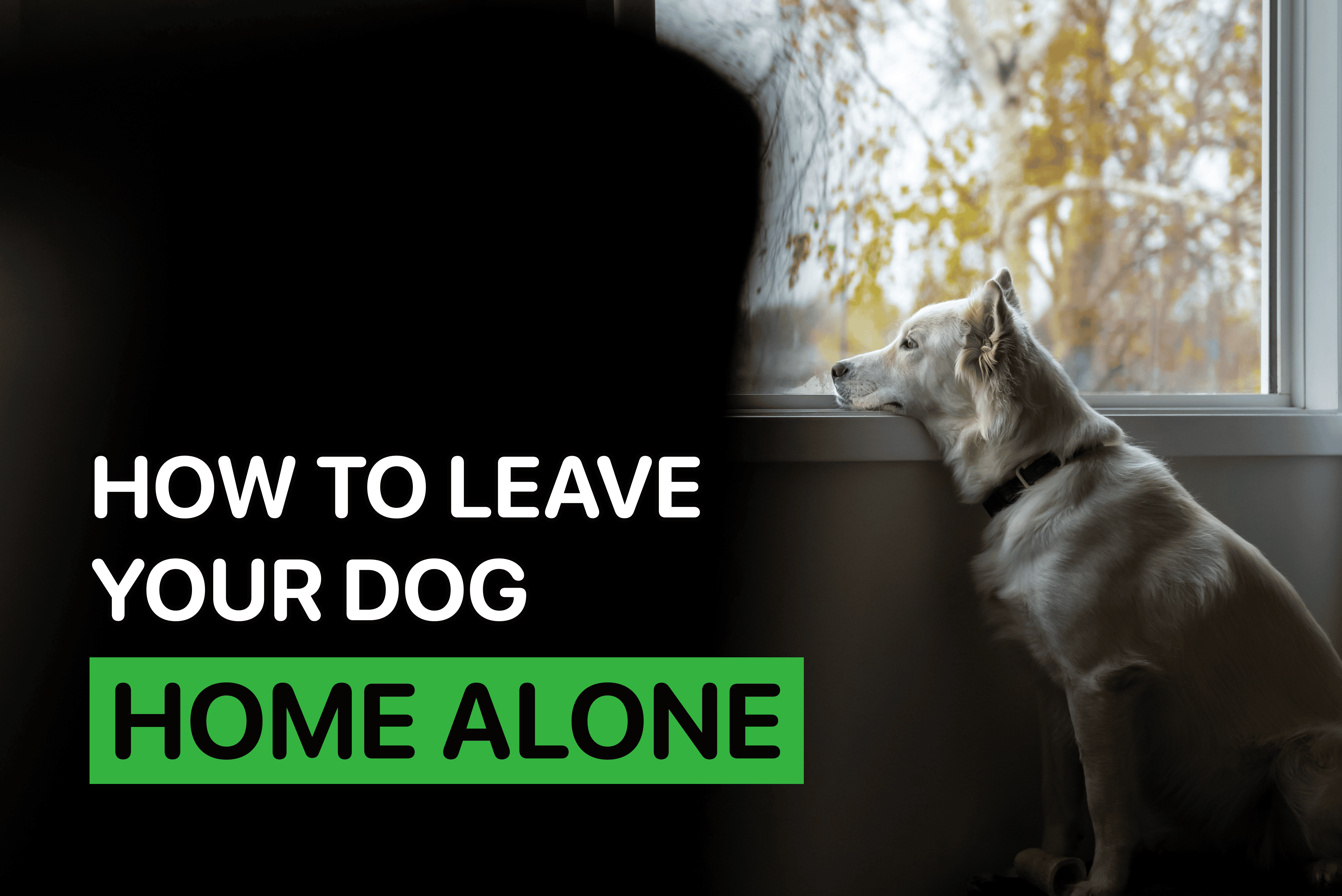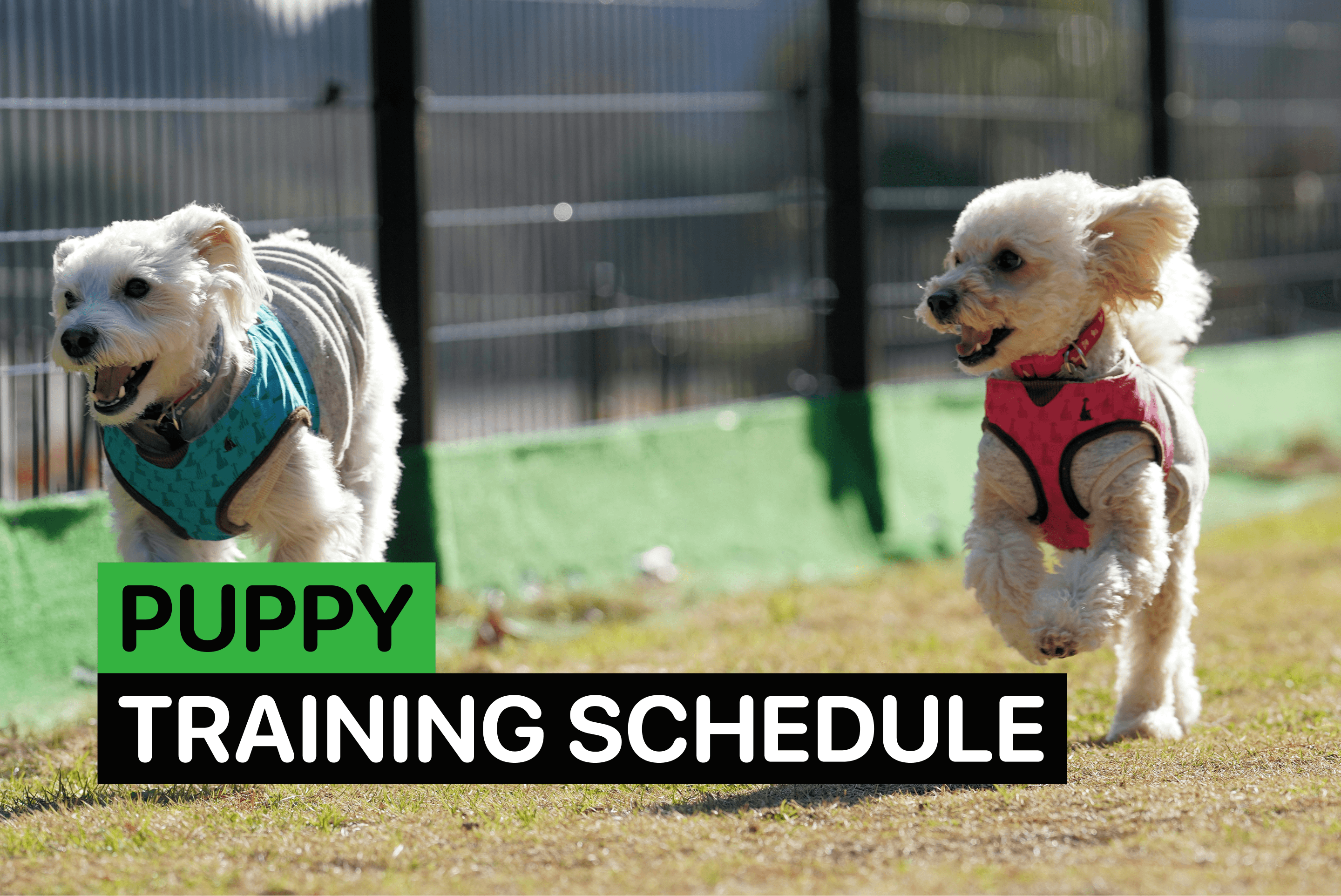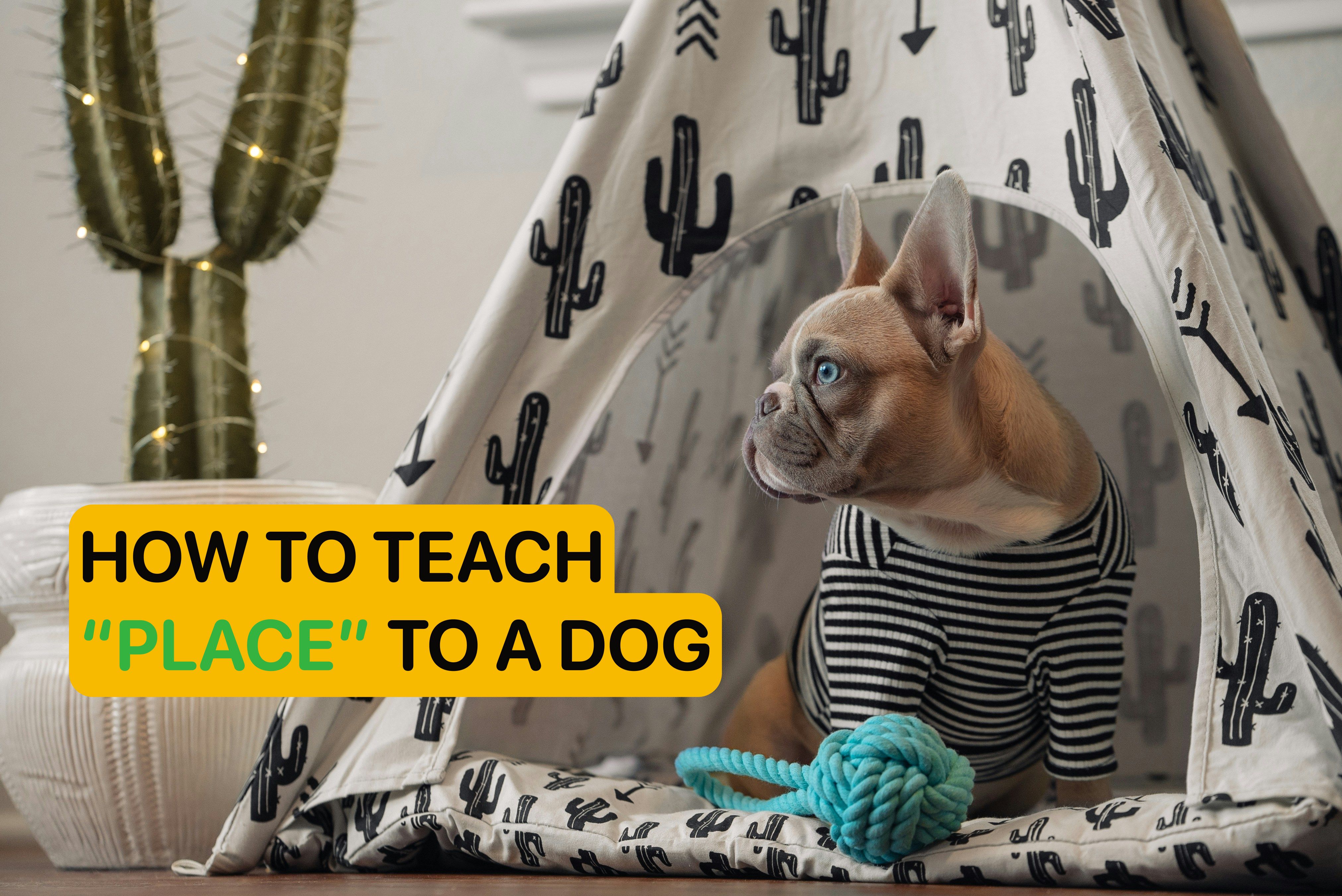How to Teach a Dog to Stay?

By
Woofz Team Updated on |Reviewed by Ela Brumm
It's impressive to see a dog that stays in one place no matter what’s happening around them. Training your dog to stay is a vital obedience skill that simplifies routine tasks. Imagine if you have to answer the front door and want your dog to stay still while you go. The stay command is helpful here.
How To Train a Dog To Stay: Preparation
Before training your dog to stay, ensure you’re well-prepared and have everything ready. You need:
- 15-30 minutes per day
- Some treats
- A clicker, if you prefer to use it instead of a verbal marker
- A distraction-free place to start
- Some patience and enthusiasm
Don't know from where to start?
Use our guidance in teaching your dog to stay with Woofz Bootcamp.
Start Now!
Start With Teaching Your Dog a Release Cue
“Stay” means maintaining a specific position until the owner releases the dog. In other words, the dog should remain in the same spot even if you leave them without running away..
What Is a Release Cue?
Let’s explain how to teach a dog to stay using a release cue. You use a release cue to let your dog know they can move. The release word helps a dog develop the skill of automatically staying in the required position. In other words, a release word indicates a time when a dog can stop certain behavior upon your command, not when they simply don’t feel like doing it. That’s why a release cue is essential for training your dog to stay in one place.
Most owners use “Free” or “Release” as verbal cues for the command. We recommend avoiding “Okay” since it is common in daily speech, and you might accidentally release your dog at the wrong moment.
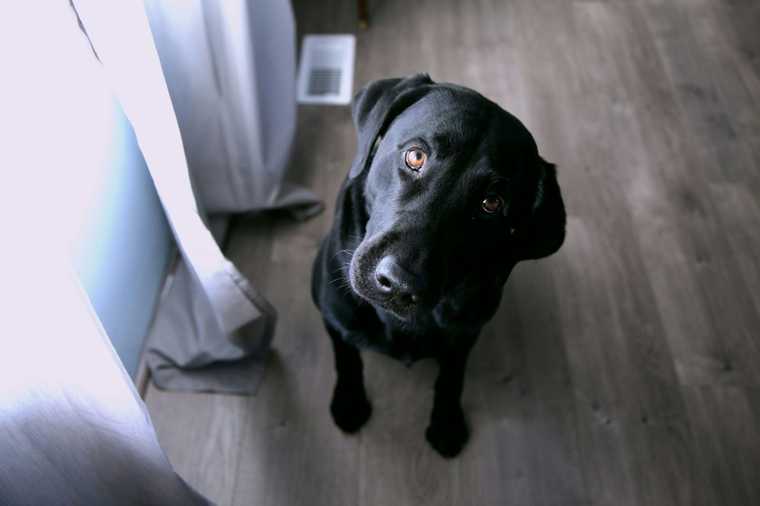
How To Train Your Dog To Stay Using a Release Cue
Here are the steps to follow:
- With your dog sitting or lying down, give them the command “Stay!”
- When the dog stays, use a verbal marker “Yes!” or a clicker to indicate good behavior.
- Offer a treat before you use a release cue.
- Say a release cue and get excited when your dog gets up and starts moving to encourage such behavior.
- Practice regularly to help your dog understand that they can move after they hear a release cue.
Increase the Duration of the Stay
Addressing the three Ds of dog training is a golden rule for teaching your dog a desired behavior. They stand for duration, distance, and distraction, and they impact how well your dog responds to commands. Let’s first check how to train your dog to stay by increasing the command duration.
We will start by working on how long your dog can maintain the stay command.
- When your dog is in the sitting or lying position, put your hand in front of you and give the command, “Stay!”
- Wait 2-3 seconds before offering your dog a treat.
- Release the dog and praise them when they start moving.
- Gradually increase the number of seconds you wait before releasing the dog.
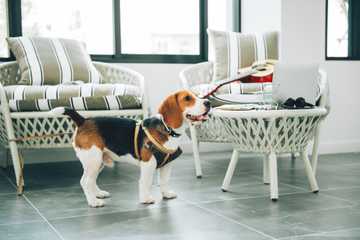
Note that “Stay!” is a tedious command for dogs. That’s why it’s essential to reward the stay, not the release part of the command. The same is true for using a clicker. If you use one to train your dog, click during the stay, not the release phase.
Make It More Challenging With Distractions and Distance
Before adding distractions and increasing the distance, ensure the dog understands the command well. One of the indicators is the ability to stay for approximately 30 seconds. Don’t build the expectations of your dog too high, and be ready to ask to maintain the command for a short time.
Start with distractions and introduce something small, like clapping your hands. Then, you can add more complicated distractions, such as throwing a ball. When your dog can stay through different distractions, you move on and increase your distance.
Let’s see how to teach your dog to stay and build distance:
- Ask your dog to stay and take one or two steps back.
- Come back to release the dog and offer them a reward.
- Repeat the training process, but take one more step each time.
- Keep increasing the distance until you can move to the edge of the room.
When your dog masters all three Ds of the training process, you can take things to the next level by practicing outside. You can start with places around your house and then train at busy parks or your friend’s house.
Pro tip: At this stage of training, keep offering a reward before you release them. Otherwise, your dog may associate the praise and treats with moving after the release rather than staying upon the command.
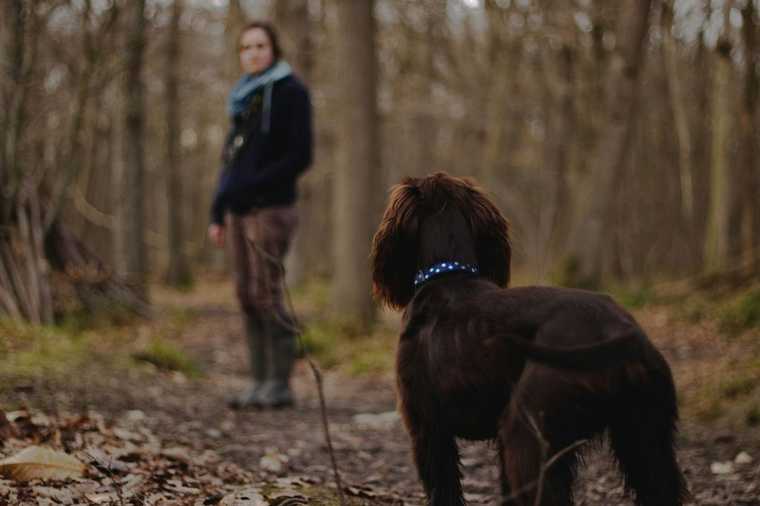
Some More Tips on How To Train Your Dog to Stay
- Set your dog up for a win! Watch your dog’s body language for signs they will break the stay command. Reward the dog before this can happen.
- Never punish your dog. If you experience problems teaching your dog to stay, be patient and take a few steps back to ensure progress.
- Don’t use the command for extended periods. It is meant to be used only for a relatively short time.
- Use the command only in safe situations. Don’t leave your dog alone on a busy street.
Wrap-Up
Teaching dogs to stay is vital for ensuring their safety and obedience. Start training the command slowly, gradually increasing the duration of the stay. Once your dog masters the basics, add distractions and distance. Remember to be patient in the training process and offer your dog multiple repetitions to maximize the chances of success.
